Xiaoning Bu
EGCR: Explanation Generation for Conversational Recommendation
Aug 18, 2022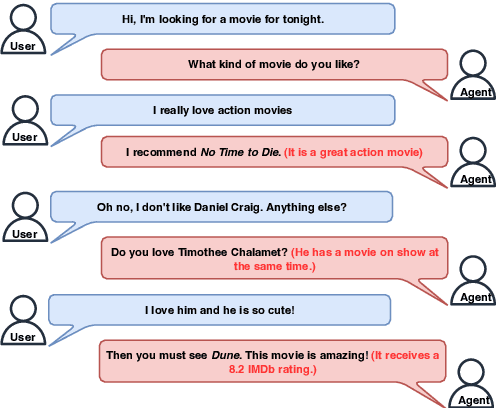
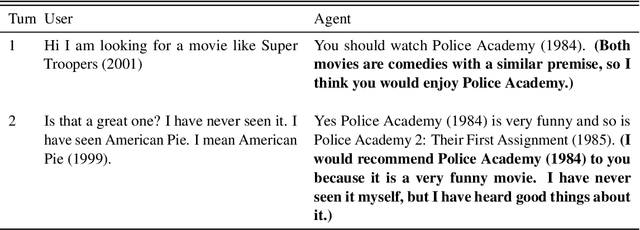
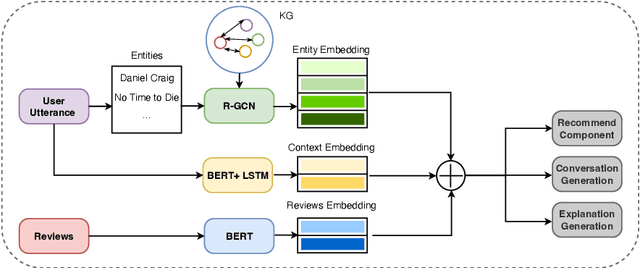
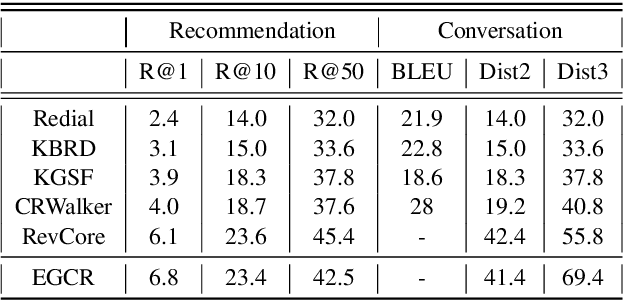
Abstract:Growing attention has been paid in Conversational Recommendation System (CRS), which works as a conversation-based and recommendation task-oriented tool to provide items of interest and explore user preference. However, existing work in CRS fails to explicitly show the reasoning logic to users and the whole CRS still remains a black box. Therefore we propose a novel end-to-end framework named Explanation Generation for Conversational Recommendation (EGCR) based on generating explanations for conversational agents to explain why they make the action. EGCR incorporates user reviews to enhance the item representation and increase the informativeness of the whole conversation. To the best of our knowledge, this is the first framework for explainable conversational recommendation on real-world datasets. Moreover, we evaluate EGCR on one benchmark conversational recommendation datasets and achieve better performance on both recommendation accuracy and conversation quality than other state-of-the art models. Finally, extensive experiments demonstrate that generated explanations are not only having high quality and explainability, but also making CRS more trustworthy. We will make our code available to contribute to the CRS community
A Survey of Semen Quality Evaluation in Microscopic Videos Using Computer Assisted Sperm Analysis
Feb 17, 2022
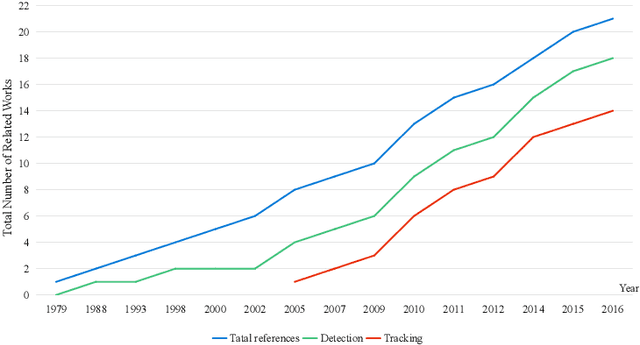
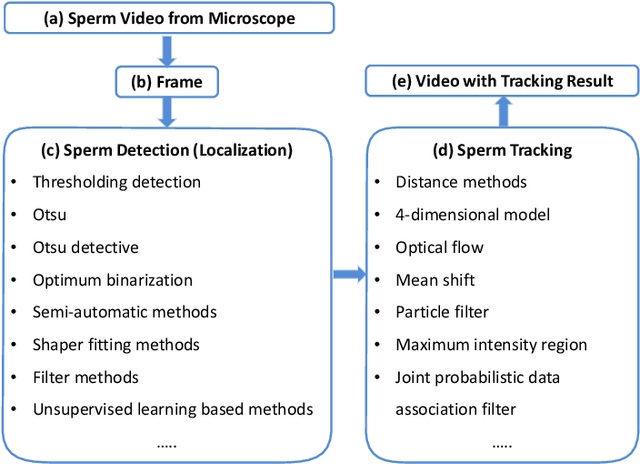
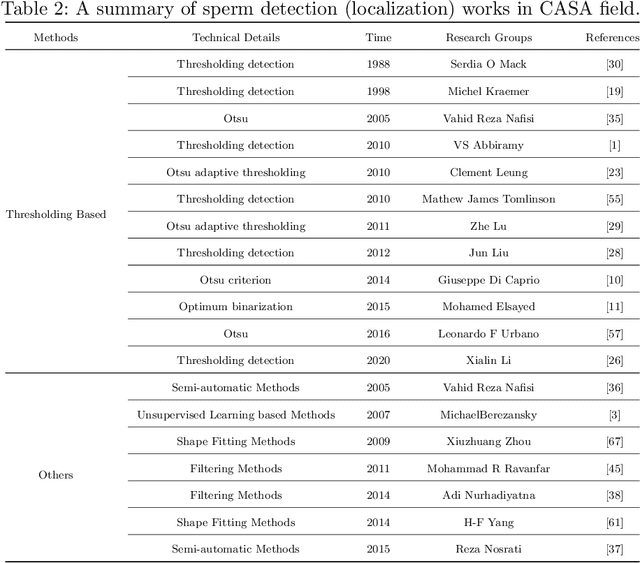
Abstract:The Computer Assisted Sperm Analysis (CASA) plays a crucial role in male reproductive health diagnosis and Infertility treatment. With the development of the computer industry in recent years, a great of accurate algorithms are proposed. With the assistance of those novel algorithms, it is possible for CASA to achieve a faster and higher quality result. Since image processing is the technical basis of CASA, including pre-processing,feature extraction, target detection and tracking, these methods are important technical steps in dealing with CASA. The various works related to Computer Assisted Sperm Analysis methods in the last 30 years (since 1988) are comprehensively introduced and analysed in this survey. To facilitate understanding, the methods involved are analysed in the sequence of general steps in sperm analysis. In other words, the methods related to sperm detection (localization) are first analysed, and then the methods of sperm tracking are analysed. Beside this, we analyse and prospect the present situation and future of CASA. According to our work, the feasible for applying in sperm microscopic video of methods mentioned in this review is explained. Moreover, existing challenges of object detection and tracking in microscope video are potential to be solved inspired by this survey.
 Add to Chrome
Add to Chrome Add to Firefox
Add to Firefox Add to Edge
Add to Edge